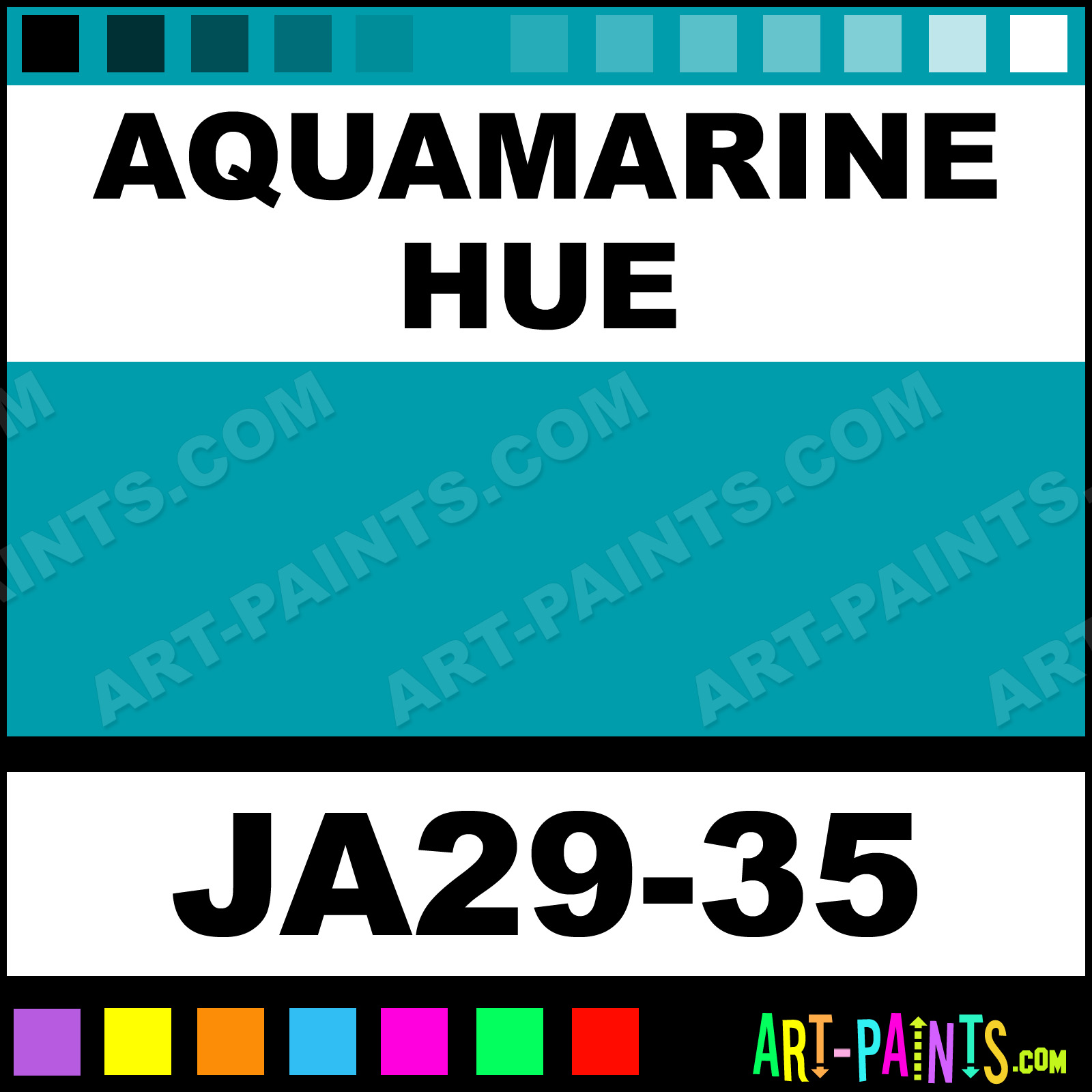
How green this would be, rather than a bluish teal, I'm not so sure. So I see four options, none of them seeming quite right: Super Uranus, Now with More Methane

Temperatures are somewhat relevant, since, no matter what, you're going to get majority Hydrogen / Helium atmospheres for the overwhelming majority of gas giants, and temperatures will affect what other trace elements can do. If you want a rich, lime or forest green, there might be problems, but perhaps taking Uranus's dose of green and pushing it as far as it can go before something breaks will be good enough? The closest in our Solar System seems to be Uranus, which is only slightly more green than Neptune's considerable blue. Green atmospheres are weirdly challenging to construct. Furthermore, an atmosphere rich in methane and ammonia could only exist at temperatures below chlorine's boiling point, making them incompatible. An atmosphere with a substantial layer of chlorine-rich clouds would likely be hotter than that, in the realm where water-rich clouds could also form, making chlorine potentially not the dominant cloud constituent. Putting aside the issue of how you could get enough of it to occur naturally, chlorine's boiling point is about $∼$240 K, which is higher than the temperatures of giant planets where ammonia and methane dominate. Chlorine won't workįolks have mentioned chlorine I agree with them that it won't work. You'll need to place this planet fairly far away from its parent star, lest these compounds be unavailable. This is because volatiles like ammonia and methane are only found farther out from a star, beyond what we call the ice line. The teal-ish colors of Uranus and Neptune, on the other hand, are found at lower temperatures. If you're looking for a greenish planet, the best you're going to get is a layer of ammonia-methane clouds at the top, like Uranus and Neptune. Though most of its atmosphere is in fact hydrogen and helium, methane clouds at the topmost layers are responsible for its green-blue appearance. Alkali metals, gaseous from $∼$500 K on up and giving the planet a reddish color.Water, found in atmospheres of $∼$250-300 K and producing deep blues.



 0 kommentar(er)
0 kommentar(er)
